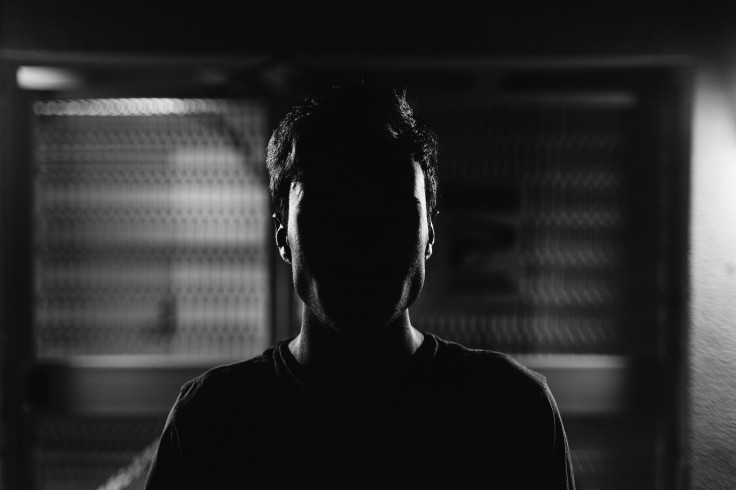Liar, Liar Pants On Fire: 6 Signs Computers Use To Spot Liars With 75% Accuracy

Behind courtroom doors, people tell lies despite taking oaths before a judge. Knowing this, two researchers from the University of Michigan began studying videos from high-stakes court cases in order to find out what a true, authentic lie looked like. They then created lie-detecting software based on their findings.
"In laboratory experiments, it's difficult to create a setting that motivates people to truly lie. The stakes are not high enough," Rada Mihalcea, professor of computer science and engineering at the University of Michigan, told the Michigan Daily. "We can offer a reward if people can lie well — pay them to convince another person that something false is true. But in the real world there is true motivation to deceive."
For the study, Mihalcea and his colleague Mihai Burzo, an assistant professor of mechanical engineering at the University of Michigan, cross-examined 120 video clips from media coverage of court trials, which included testimony from both defendants and witnesses. They analyzed their body language, commonality in behaviors, and use of certain words and phrases, and found six signs common among liars. When a subject was being deceptive, they looked directly at the questioner as they answered questions and 40 percent of the time deceptive subjects gestured with both of their hands. There was also lots of head nodding, scowling, filler words like “um,” and third-person pronouns when referring to themselves.

After the team collected common gestures, words, and phrases characteristic of deceptive subjects, they fed their results into a software system. Next, they tested the system on the same set of videos and found it to be 75 percent accurate in identifying which subjects were being deceptive. Humans, on the other hand, are only able to tell a liar with 50 percent accuracy.
"People are poor lie detectors," Mihalcea said. "This isn't the kind of task we're naturally good at. There are clues that humans give naturally when they are being deceptive, but we're not paying close enough attention to pick them up. We're not counting how many times a person says 'I' or looks up. We're focusing on a higher level of communication."
Michalcea said the software could be used outside of the courtroom. Employers could make use of it when interviewing possible job candidates or in other arenas when knowing the truth becomes an important component in decision making.
“It could be helpful in situations where there is an interaction with people and it is important to know when the other side is telling the truth,” she said. “I think a system like this would give clues, or at least give an indication that there is a chance that this person is lying, which, whatever the context would be, humans could make use of.”
Source: Mihalcea R and Burzo M. Deception Detection using Real-life Trial Data. 17th ACM International Conference on Multimodal Interaction. 2015.



























